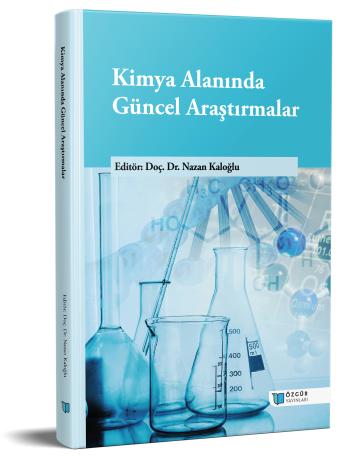
Coumarin Containing Metal Complexes and Their Applications
Chapter from the book:
Kaloğlu,
N.
(ed.)
2025.
Current Research in Chemistry.
Synopsis
Coumarin is an oxygen containing heterocycle compound that consist of the fusion of benzene and a-pyran rings. Coumarin, first isolated in1820, is currently being intensively investigated for its photo-physical properties and various biological properties, especially anti-coagulant, anti-cancer, enzyme inhibition, anti-HIV. On the other hand, following the successful application of metal complexes such as cisplatin and salvarsan in modern medicine, research on biological applications of metal complexes has accelerated in the last decades. Preparing metal complexes with organic ligands that already have their own biological and/or photo-physical properties is a new strategy to prepare metal complexes with enhanced activity. Coumarin is one of the organic compounds used as ligand or in the structure of the ligand for this purpose. Especially in the last decade, coumarin-containing many metal complexes have been reported. Although the first complexes were prepared with noble metal such as platinum, gold, palladium and ruthenium, in recent years, many complexes have been reported with earth-abundant metals such as copper, nickel, cobalt and zinc. The most obvious advantage of the introducing the coumarin into a metal complex seems to be that it allows monitoring of the uptake of the complex into the cell due to fluorescent feature of coumarin. In addition, successful catalytic applications of coumarin-containing metal complexes have been reported, although in small numbers.

